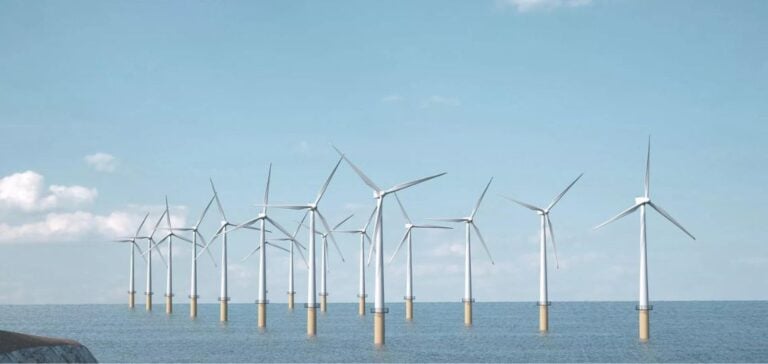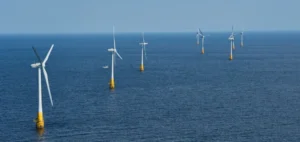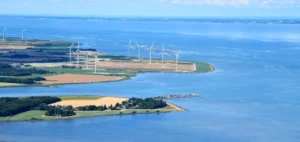The wind turbine protection industry is expanding rapidly, driven by the growing demand for renewable energy and the environmental challenges facing wind turbines. Protection of wind turbines is crucial to preserve the integrity of blades, nacelles and internal components against natural elements such as rain, hail, sand and salt spray.
The importance of protecting wind turbines
Wind turbines exposed to severe weather conditions suffer significant erosion, affecting their aerodynamic efficiency and service life. Protection solutions help maintain blade efficiency, reduce downtime and extend the operational life of wind turbines. Coating materials, films and protective tapes play an essential role in preventing corrosion and wear, particularly in offshore environments.
Wind Turbine Protection Market Segments
The wind turbine protection market is divided into several segments, including protection types, equipment and end-users. The nacelle segment, which houses critical components such as the generator and gearbox, is planned as the second largest segment. These components require robust protection against the elements and thermal stress to maintain their operational integrity.
Onshore and Offshore Protection
Onshore wind projects are more economical than their offshore counterparts, driving rapid growth in this segment. Onshore wind turbines benefit from lower costs, technological advances and improved infrastructure. The offshore market, although more expensive, continues to grow thanks to massive investments in Europe, particularly in the UK, Germany and the Netherlands.
European market outlook
Europe is expected to be the second largest market region for wind turbine protection. The region is at the forefront of the global expansion of offshore wind power, supported by major manufacturers such as Vestas, Siemens Gamesa and Nordex. European wind turbine protection initiatives aim to improve efficiency and reduce maintenance costs over the long term.
Key market players
Major market players include BASF SE (Germany), 3M (USA), Akzo Nobel N.V. (Netherlands), Trelleborg AB (Sweden) and Hempel A/S (Denmark). These companies adopt strategies such as sales contracts, product launches, investments, collaborations, partnerships and expansions to strengthen their market position.
Projections indicate that the global wind turbine protection market will continue to grow, supported by advances in research and development aimed at improving the efficiency of protective coating materials. Growing demand for renewable energy sources and ongoing investment in wind power projects, particularly offshore, are the main drivers of this growth.






















